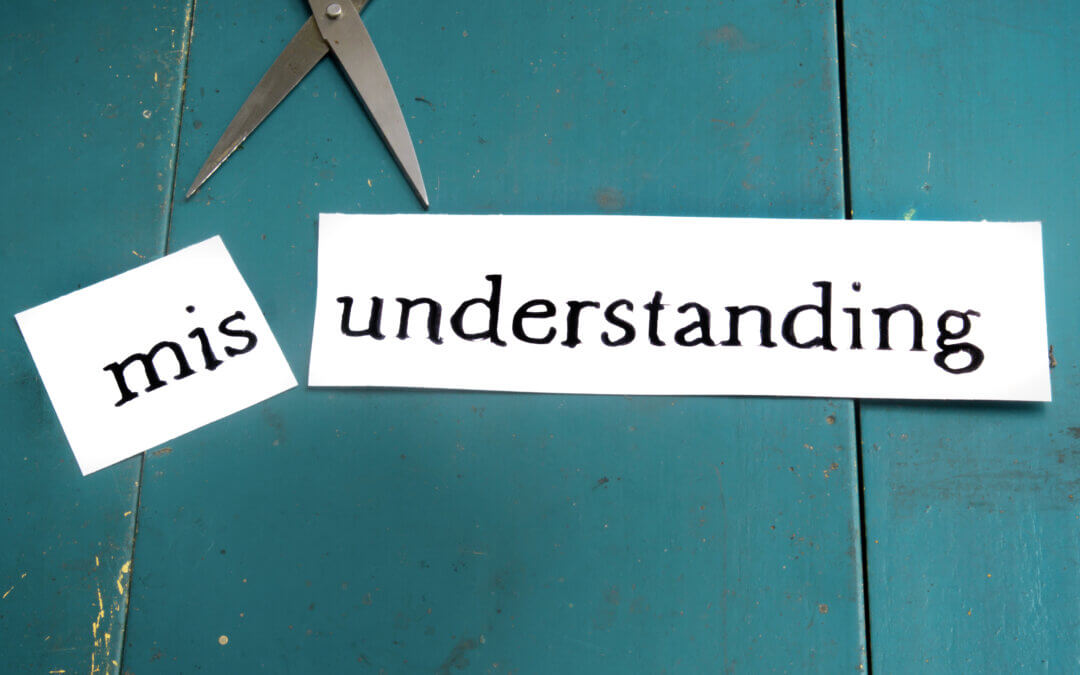Cross-cultural communication isn’t easy. Sometimes, things get lost in translation.
I saw this happen firsthand when some friends and I were eating lunch at a Chinese restaurant. English wasn’t our waitress’ first language, and none of us spoke Mandarin or Cantonese. I watched as one of my friends tried to communicate that she’d like a small empty bowl for soy sauce and a second bowl filled with spicy mustard.
First, just a bowl of mustard arrived. After waiting several minutes for an empty bowl for some soy sauce, another request was made for a “second bowl.” That request was promptly fulfilled – with another bowl of mustard.
On the third try, the idea of just one more empty bowl was conveyed successfully, and lunch could proceed.
This would have been one of those comical, “isn’t life funny” moments – except I could tell both my friend and the waitress were flustered and frustrated by what had happened.
Cross-Culture Communication Barriers
Without a doubt, communication becomes more difficult when talking with someone from a different culture and whose native language isn’t one you share. Not only are vocabulary, grammar and syntax challenging, but you may also be facing accents, culturally-specific perceptions of body language and gestures, and other, subtler differences.
For instance, the tone of voice used in casual, unemotional conversation varies quite a bit from culture to culture. What is “normal” to someone from one particular background may sound “angry” to someone from another background.
Bridging the Gap
So how can you bridge the gap between cultures when communicating?
- Be patient. Finding the right word or putting a sentence together in another language isn’t easy. Remember how you felt in high school Spanish class?
- Be creative. How else could you say what you’re trying to say? Can you simplify it at all?
- Be willing to acknowledge the stumbles. ‘Fessing up that you didn’t quite understand what was just said or that you’re struggling to find the right word can build a sense of camaraderie. The other person will want to help you figure it out – and now you’re trying to solve this communication conundrum together.
- Be sensitive to cultural differences. Gestures, eye contact, and personal space norms differ from culture to culture. Recognize when your “normal” might not connect with the other person – and maybe even work against you.
- Be humble. You may think you’re communicating perfectly clearly, but that’s only seeing things from your perspective.
- Be flexible. If your way isn’t working, be willing to adjust your approach.
- Be kind. A smile is something understood around the world.
If you can empathize with the other person, you’ve built the foundation for a bridge between cultures and can now work towards finding common understanding.
Want more tips about how to bridge communication differences? Check out the Platinum Rule!



Recent Comments